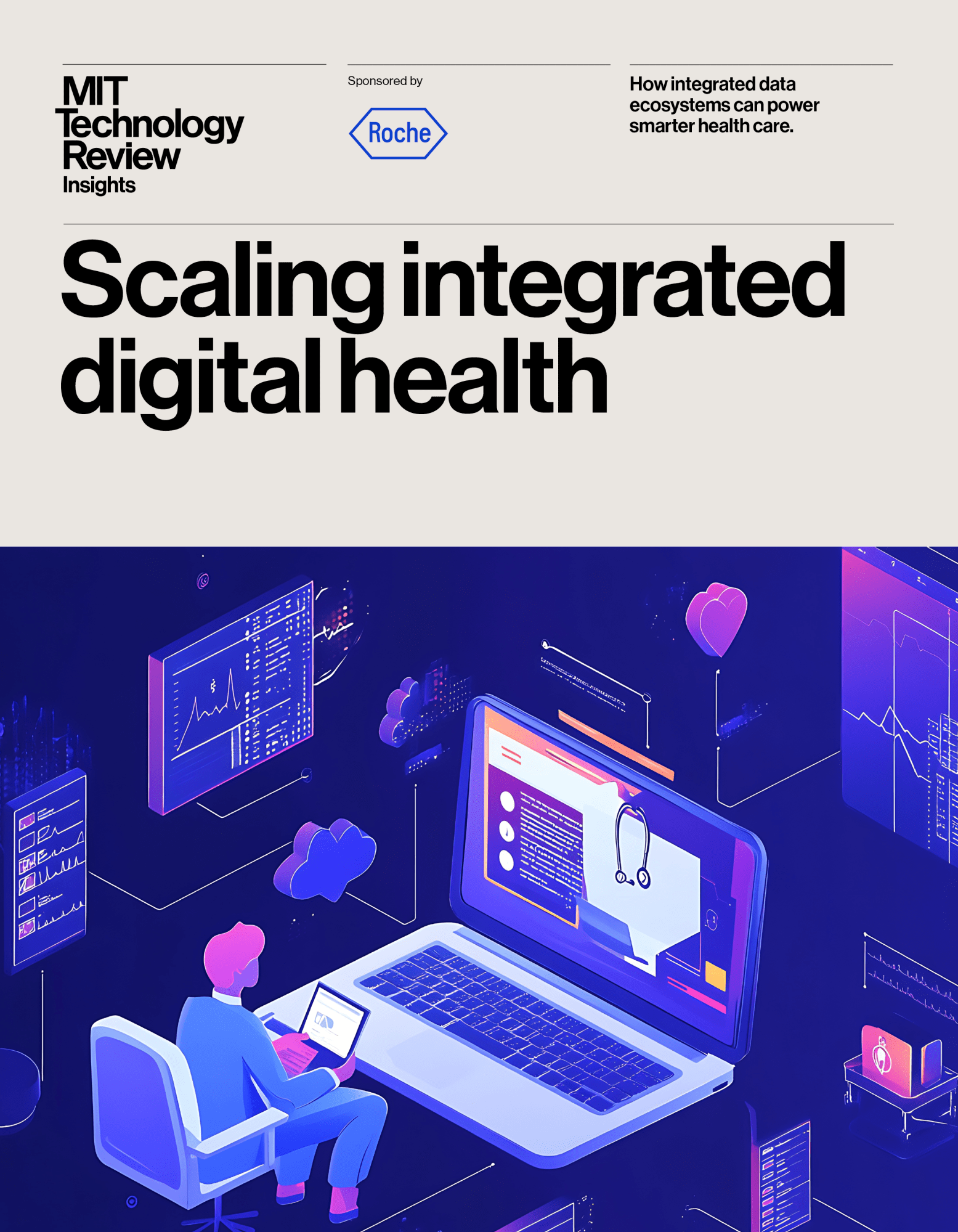Around the world, countries are facing the challenges of aging populations, growing rates of chronic disease, and workforce shortages, leading to a growing burden on health care systems. From diagnosis to treatment, AI and other digital solutions can enhance the efficiency and effectiveness of health care, easing the burden on straining systems. According to the World Health Organization (WHO), spending an additional $0.24 per patient per year on digital health interventions could save more than two million lives from non-communicable diseases over the next decade.
To work most effectively, digital solutions need to be scaled and embedded in an ecosystem that ensures a high degree of interoperability, data security, and governance. If not, the proliferation of point solutions— where specialized software or tools focus on just one specific area or function—could lead to silos and digital canyons, complicating rather than easing the workloads of health care professionals, and potentially impacting patient treatment. Importantly, technologies that enhance workforce productivity should keep humans in the loop, aiming to augment their capabilities, rather than replace them.
Through a survey of 300 health care executives and a program of interviews with industry experts, startup leaders, and academic researchers, this report explores the best practices for success when implementing integrated digital solutions into health care, and how these can support decision-makers in a range of settings, including laboratories and hospitals.

Key findings include:
Health care is primed for digital adoption. The global pandemic underscored the benefits of value-based care and accelerated the adoption of digital and AI-powered technologies in health care. Overwhelmingly, 96% of the survey respondents say they are “ready and resourced” to use digital health, while one in four say they are “very ready.” However, 91% of executives agree interoperability is a challenge, with a majority (59%) saying it will be “tough” to solve. Two in five leaders say balancing security with usability is the biggest challenge for digital health. With the adoption of cloud solutions, organizations can enjoy the benefits of modernized IT infrastructure: 36% of the survey respondents believe scalability is the main benefit, followed by improved security (28%).
Digital health care can help health care institutions transform patient outcomes—if built on the right foundations. Solutions like AI-powered diagnostics, telemedicine, and remote monitoring can offer measurable impact across the patient journey, from improving early disease detection to reducing hospital readmission rates. However, these technologies can only support fully connected health care when scaled up and embedded in ecosystems with robust data governance, interoperability, and security.
Health care data has immense potential—but fragmentation and poor interoperability hinder impact. Health care systems generate vast quantities of data, yet much of it remains siloed or unusable due to inconsistent formats and incompatible IT systems, limiting scalability.
Digital tools must augment, not overload, the workforce. With global health care workforce shortages worsening, digital solutions like clinical decision support tools, patient prediction, and remote monitoring can be seen as essential aids rather than threats to the workforce. Successful deployment depends on usability, clinician engagement, and training.
Regulatory evolution, open data policies, and economic sustainability are key to scaling digital health. Even the best digital tools struggle to scale without reimbursement frameworks, regulatory support, and viable business models. Open data ecosystems are needed to unleash the clinical and economic value of innovation. Regulatory and reimbursement innovation is also critical to transitioning from pilot projects to high-impact, system-wide adoption.
This content was produced by Insights, the custom content arm of MIT Technology Review. It was not written by MIT Technology Review’s editorial staff.
This content was researched, designed, and written entirely by human writers, editors, analysts, and illustrators. This includes the writing of surveys and collection of data for surveys. AI tools that may have been used were limited to secondary production processes that passed thorough human review.
